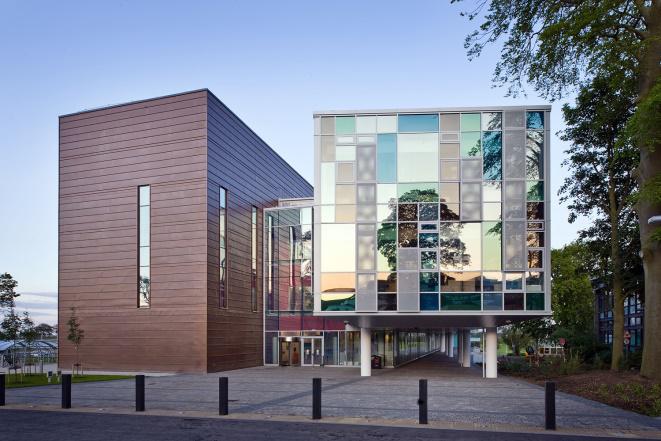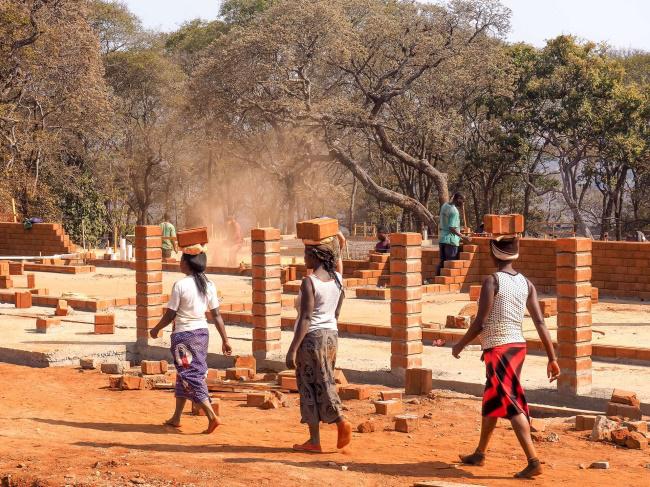Bea Sennewald
Fiona Mckay
Bea Sennewald’s first degree was a BS in Physics from Antioch before she decided that architecture potentially offered a more “exciting life style than working in a laboratory”. However, she has never lost her interest in science and continues to include “reading science research” as one of her primary outside interests.
After trial work experience in California, she received her MArch degree from the University of Oregon in 1977. She then moved to New York, initially at Edward Durell Stone, for further grounding in traditional architectural skills, including a period as construction administrator on Cesar Pelli’s MoMA Tower. One of her New York projects was a satellite sending and receiving station for the NY Port Authority for which her physics background proved invaluable. This early Teleport project essentially launched her lifetime career specialising in international science facilities.
Bea spent 30 years working for HDR - a global architecture and engineering firm headquartered in the US – taking on multiple roles of increasing responsibility from project architect, project principal, vice president to senior vice president. She started HDR's London office in 1999 with the ultimate responsibility for design quality and budget/schedule control of its European projects.
“Thanks to an outstanding team,” she notes, “I have been able to deliver more than 20 major projects (£50 million +) on time and on budget in the UK, the US, Germany, Portugal, Russia, Finland and many other countries.” Several of her projects in the UK and US have won industry awards, including a High Honour Award in 2005 (Advanced Measurement Laboratory, Maryland, US) and a Special Mention in 2015 (Plowright Building/BBSRC National Virology Centre, Surrey UK) both for the “Lab of the Year Competition”. AIA awards include Merit Awards from New Jersey (Roslin Institute, Edinburgh, UK) and from the Central States (International Iberian Nanotechnology Institute, Braga, Portugal).
During this same period running projects, Bea also had simultaneous responsibility for the financial performance of HDR’s European corporate operations. One of her major achievements was integrating a German architectural firm of seven offices and 200 staff into HDR’s management structure.
Over the past twelve years, Bea has been committed to working with underprivileged communities in the developing world, having participated in the realisation of more than twenty healthcare and laboratory projects in Africa. She left HDR in 2015 but has continued her development work as an independent architect developing earthquake resilient designs for housing in the Philippines and participating in the design and construction of a small hospital in rural Zambia.
Bea’s project range from the high-tech Roslin Institute Building to low-tech construction in Zambia
During her time as president, Bea concentrated on raising the profile of the Chapter in London by organising more events, increasing publicity and spearheading a fundraising drive via corporate sponsorship. Incidentally, she also initiated the name change from AIA London/UK to AIA UK to better reflect the geographic coverage in the Chapter name.

